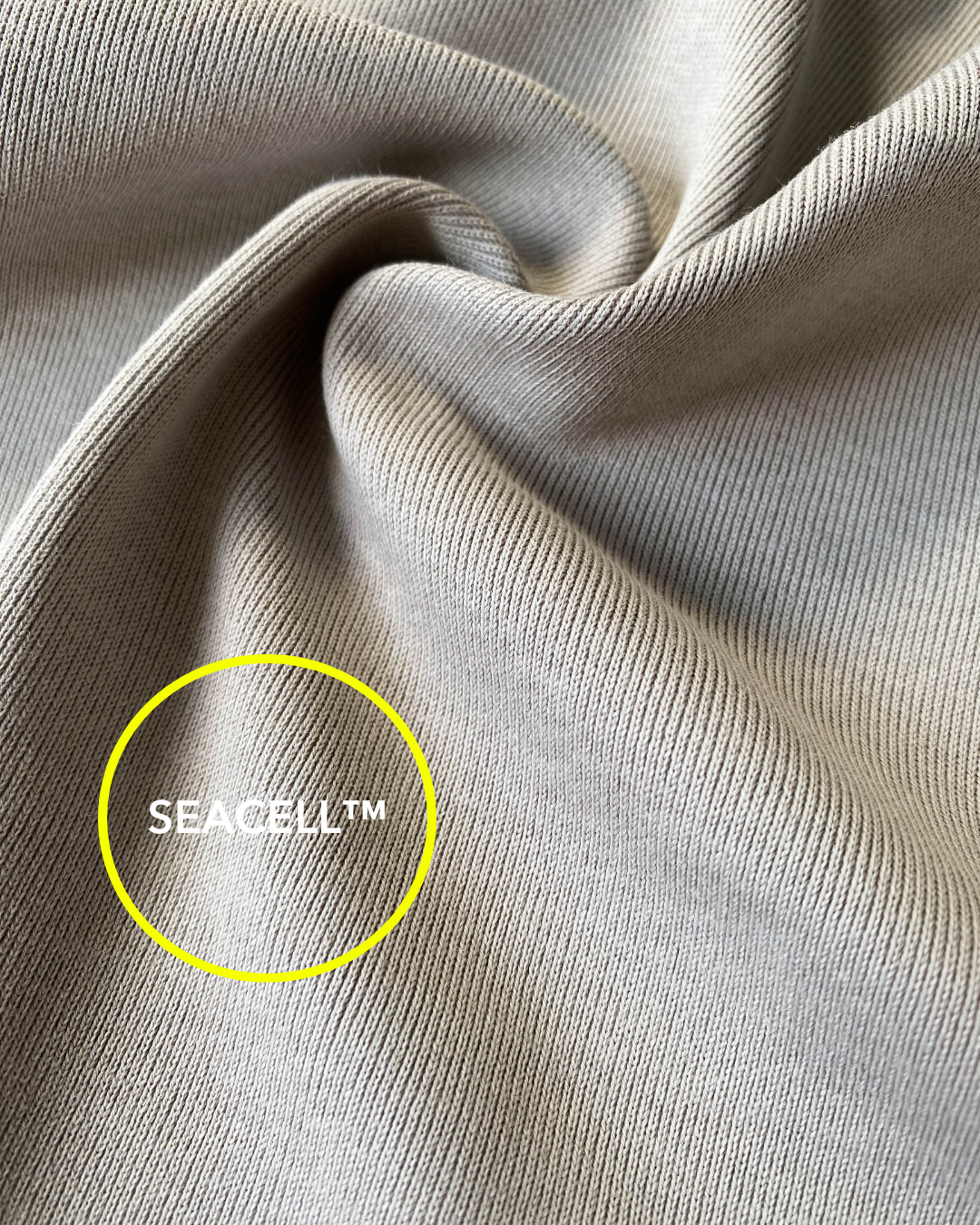Pleated Fabrics
The term "pleated" comes from French and means "folded". This term perfectly describes the characteristic feature of this type of textile: the fabric is laid in permanent narrow folds. Pleated fabrics can be made from various materials such as woven or knitted fabrics, as long as they consist mainly of synthetic fibers. Only these fibers can hold the folds even after prolonged wear and washing. Therefore, many pleated fabrics are made of 100% polyester or are material blends with a high polyester content.
The traditional production of pleats is a chemical-technical process in which the folds are embossed into the material using strong pressure, heat and moisture. However, there are also other types of production such as woven pleats, knitted pleats and knitted pleats. There are also a few different types of pleats among the pleats, such as lying pleats, toll pleats and standing pleats, which are folded like an accordion.
The variety of manufacturing methods creates numerous possibilities for different types of pleats, whereby the folds can be regular or irregular. Which type of pleat you want to use for your sewing project is therefore simply a matter of taste and leaves room for a lot of creativity!
processing
When processing pleated fabrics, it is important to choose the right methods to achieve a high-quality end result.
cutting
When cutting, the fabric should be spread out loosely on a flat surface and cut as a single layer of fabric. This allows you to check whether all the folds are correctly positioned under the pattern and gives you more control when cutting. We recommend cutting the pleats with a cutting mat and a rotary cutter so that the fabric is not lifted and therefore warps less.
Sew
When sewing, simple cuts with few seams should be used, with the side seams running along the folds as far as possible so that they disappear visually. Simple skirts with a simple elastic waistband are not only quick to sew, but also look great thanks to the special nature of the pleated fabric! You can even use ready-made elastic waistbands and just need to close the side seams, sew the elastic to the top edge and hem. You should adjust the thickness of your sewing machine needle to your fabric, as pleats can be made from a wide variety of materials. It is also helpful for wider pleats to fix them in place with a basting stitch by hand or with a long stitch length on the sewing machine before actually sewing.
This means that you have less trouble keeping the folds flat when sewing several pieces together. If the pleats are very narrow and irregular, you can simply use your fingers to move the folds under the presser foot while sewing.
hems
For narrow pleats, a fine rolled hem can look elegant, while for wider pleats, a narrow folded hem is more suitable. When folding and sewing, the folds are pulled apart slightly and then ironed back into their original folded shape after stitching.
Round-cut skirts should be hung out for a few hours after sewing and only then straightened and hemmed. The diagonal grain often causes the fabric to warp by a few centimeters.
textile care
When caring for pleated fabrics, it is important not to iron them too hot and to dry them flat or hang them up after washing. This allows the folds to settle as they are and does not require extensive ironing afterwards. You should adjust the washing temperature to suit the fabric you are using, but a slightly lower temperature and reduced spin speed are generally recommended.

Other helpful resources:
- Tips and tricks: https://www.muellerundsohn.com/allgemein/plisseerock-naehen/
- Fabric knowledge pleated blinds: https://simply-kreativ.de/naehen/kleine-stoffkunde-plissee
- How a Dior dress is made: https://www.youtube.com/watch?v=FT1Fc92-eFY
- How a sunray pleating pattern is made: https://www.youtube.com/watch?v=zPONu55_vg4
- Cutting pleated blinds with a soldering iron: https://youtube.com/watch?v=Om02ZzgbL68&si=qIt1BHJZrzrQnnYF


